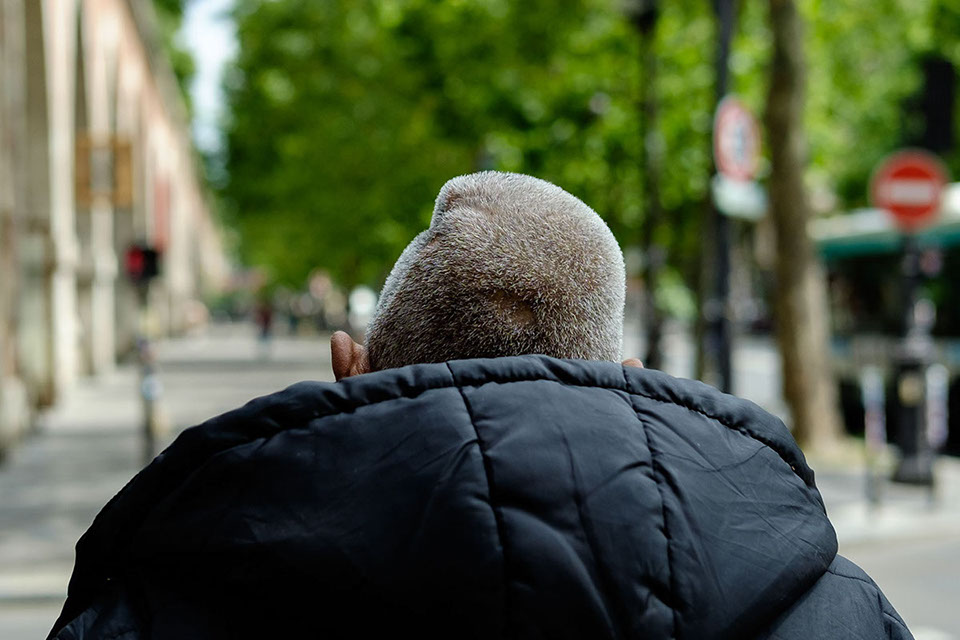HOEM
BRAIN DAMAGE & BRAIN DIFFERENCES
Inspired by a conversation with my 5 year old son about what it means to have brain damage

For many years my Twitter bio was “My only irrational fear is that during surgery the doctor might slip and mash his hand into my brain.” While this particular example may be irrational the prospect of brain damage is not. The guy in this image has clearly suffered severe brain damage, likely as a result of some physical trauma. The left hemisphere is most impacted, probably resulting in speech alterations. But the damage appears so great that probably much of his understanding about the world, and his place in it, is different than yours or mine, to say the least. And yet he was clothed, mobile and able to interact with others on the street, perhaps due to plasticity (the brain’s ability to adaptively change in response to experience or damage). But the fact that he was panhandling on the street may be a sign of limitations. My Twitter bio was what it was because the thought of suffering from brain damage is terrifying. Not just myself or my loved ones, but anyone. And yet most, eventually, will suffer from some sort of brain damage but won’t have caved-in skulls to advertise it to others. Age-related “damage” occurs beginning as soon as our 30s and is present in nearly everyone that lives to be 70-80. It doesn’t mean that overt memory problems and dementia are as widespread, but probably it does have some impact on behavior. If this guy were to act unexpectedly we would forgive him. But why not the rest of the population? We have all had some differences in experience, whether healthy or unhealthy, that have shaped our brains and who we’ve become. I’m not saying we should all be exempt from responsibility for our actions, but perhaps we could give each other some leeway because we usually don’t know what’s going on, gone on, inside another’s head.
Powered by Jason Snyder's brain